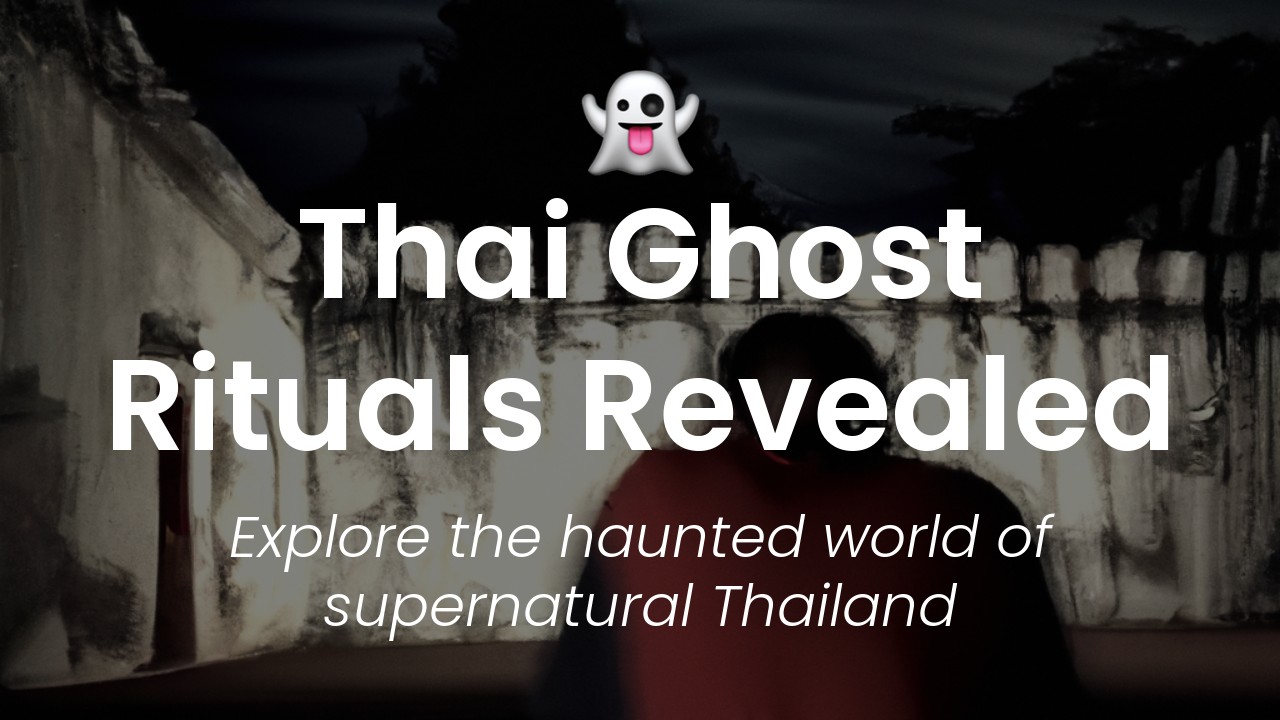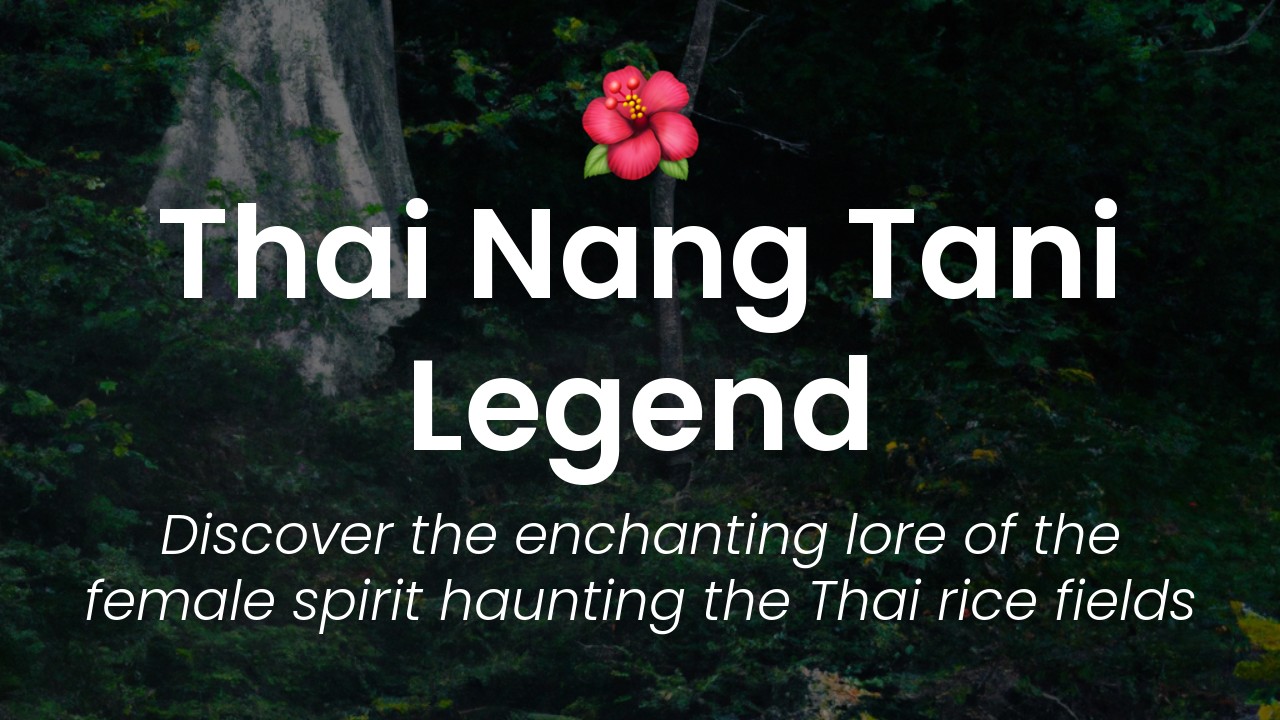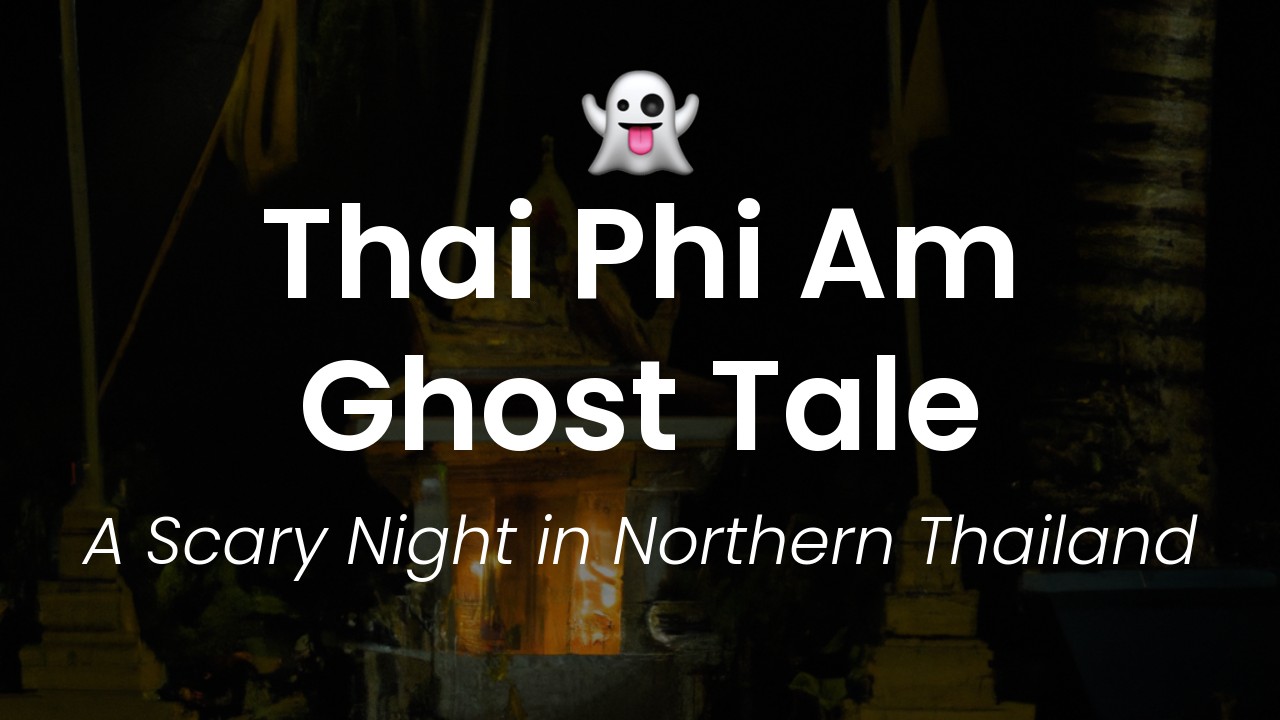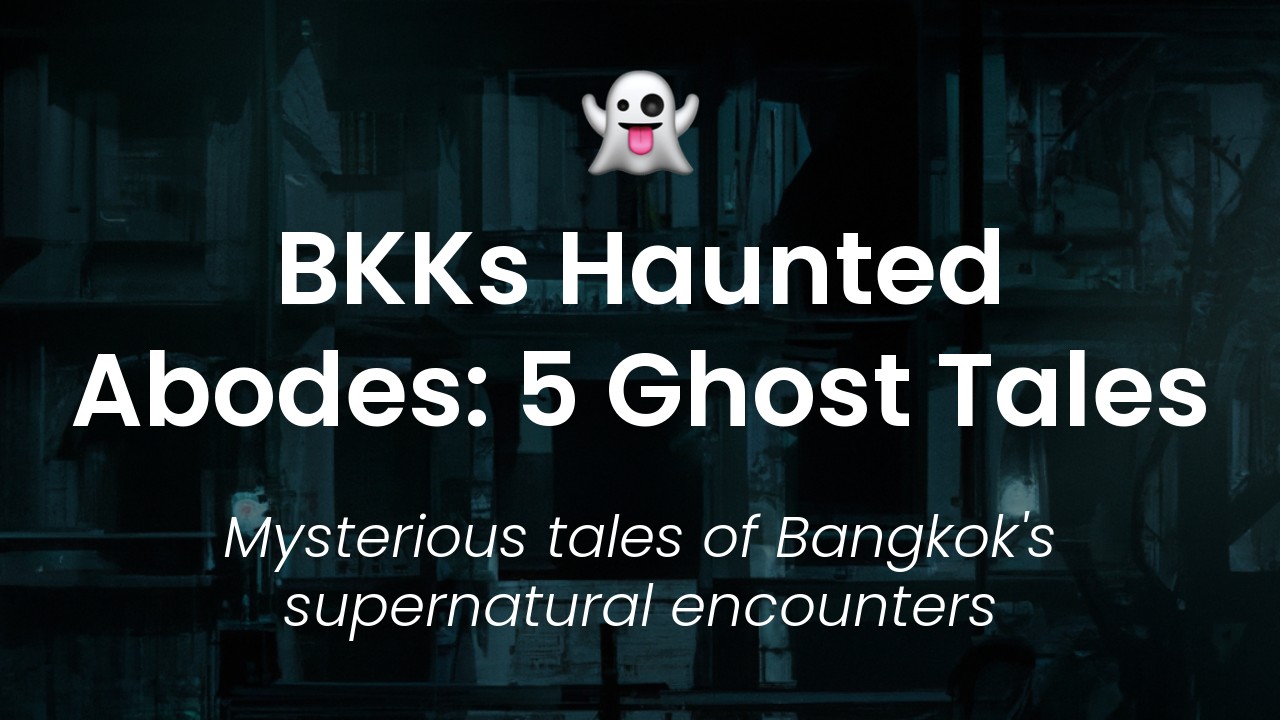Greetings, my dear readers! It's me, Sirinya, your trusted Thai culture and tourism blogger, and today I'm feeling especially thrilled to present an article that will take you on a mysterious and spine-chilling journey through some of the most fascinating Thai ghost rituals.
Now, I know that for many of you, ghosts are a subject that invokes fear and trepidation, but for us Thais, they are a fascinating part of our cultural heritage and have been an integral part of our beliefs and traditions for centuries. In this article, I will be unveiling some of the most spine-chilling and intriguing Thai ghost rituals that have stood the test of time and still remain an essential part of Thailand's spiritual and cultural tapestry.
We'll delve into some of the most obscure and haunting rituals that are still practiced throughout the country, including the legendary Phi Ta Khon, or the Ghost Festival, which is considered one of the most colorful and unique festivals in all of Thailand. We'll also explore the ancient and mystifying practice of making Khon masks, which is a traditional craft that has been passed down through generations and remains a crucial component of many ritualistic performances.
So, hold onto your hats, folks, because we're about to embark on a journey of a lifetime and uncover some of the most fascinating and spine-chilling Thai ghost rituals that only the bravest of the brave dare to explore. Are you ready? Let's dive in!
Ghost Rituals in Thai Culture
When it comes to supernatural beliefs and traditions, Thailand stands out as one of the most haunted countries in the world. Although these beliefs may seem irrational to some, they hold strong roots in Thai history and culture. Thai people believe that ghosts occupy various domains of existence and can cause harm to the living if their offerings and rituals are not performed accordingly. In this blog, we will delve deep into the most spine-chilling ghost rituals that form an integral part of Thai culture.
Ghost Month Festival
The Ghost Month Festival is observed in the seventh month of the lunar calendar, usually in August. During the festival, it is believed that the spirits of the deceased return to their homes to enjoy the offerings made by their family and friends. Therefore, people make offerings such as fruits, rice, and sweets outside their homes and on the streets. In temples, monks chant prayers to soothe the restless spirits.
The most iconic part of the festival takes place on the fifteenth day, also known as the Ghost Festival. People release floating lanterns into the sky and set off firecrackers to guide the spirits to the afterlife. They also organize processions and perform classical Chinese opera to entertain and appease the spirits.
Phi Krajang Ceremony
Phi Krajang is a malevolent spirit that is believed to cause sickness and bad luck. To keep these spirits at bay, people living in rural Thailand perform the Phi Krajang Ceremony in the first month of the lunar calendar, typically in February.
During the ceremony, a group of men called the "Krajang Guards" dress up in red suits and masks with bulging eyes and sharp, protruding teeth. They carry bamboo sticks and shields and make loud noises to scare away the spirits. The guards march through the village while people hide behind closed doors to avoid being possessed or harmed by the spirits.
Phi Tai Hong Ceremony
Phi Tai Hong is a vengeful spirit believed to haunt families that caused harm to their own kin. The Phi Tai Hong Ceremony is held to appease the angry spirit and ask for forgiveness.
During the ceremony, a medium communicates with Phi Tai Hong and makes offerings such as food, drinks, and cigarettes to calm the spirit's anger. The medium then performs a dance that symbolizes the spirit's journey to the afterlife, accompanied by traditional music and chanting.
Khon Kane Ritual
Khon Kane is a ritual held to protect homes from malevolent spirits and other negative energies. It is commonly performed by people living in rural areas to ward off evil spirits and keep their homes safe from harm.
During the ritual, a spirit medium recites prayers, chants, and mantras. The medium asks for the spirits' permission to enter the home and perform the ritual. Then, the medium performs a variety of rituals, including tying colorful strings around the house and sprinkling holy water to ward off spirits.
Sato Spirit Ritual
The Sato Spirit Ritual is performed by people living in northern Thailand to appease the Sato or forest spirits. These are believed to be the guardians of nature and the wilderness. The ritual is held to ask for forgiveness if any harm has been caused unintentionally to the forest spirits.
During the ritual, people make offerings such as rice, fruits, and flowers to the spirits. The offerings are carried in beautiful woven baskets and placed near the forest. A spirit medium then performs a dance and chants to appease the spirits. The ritual is also accompanied by music made by traditional instruments such as drums, flutes, and xylophones.
Protecting Yourself Against Ghosts
As per Thai beliefs, it is important to protect oneself from malevolent spirits. To do so, people use amulets or talismans made of metal, stone, or clay. These amulets are believed to possess magical powers and offer protection against harm caused by ghosts.
Some of the most common amulets include those of the Buddha or other divine figures, such as the Hindu god, Ganesha. The amulets can be worn as a pendant, bracelet, or even kept in the pocket.
In Conclusion
Thai culture is deeply rooted in supernatural beliefs and traditions. Ghost rituals may seem strange to some, but they play a significant role in the daily lives of Thai people. These rituals are a way of connecting with the spiritual world and seeking protection against malevolent spirits. If you ever visit Thailand and have the chance to witness these ceremonies firsthand, it will be a unique and spine-chilling experience that you'll never forget.







